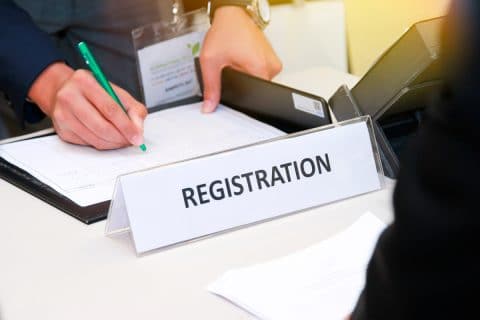Many of us have moved cities for work or other reasons and have lived in rented properties. Remember the agreements that were signed before you moved in to the property or started using the property? These are called lease/rental agreements.
Although RoofandFloor deals exclusively with new properties, we have received many a question from an anxious new owner who is about to rent or lease out his property for the first time. That’s when we decided to ask our legal expert the answers to those questions.
What are lease agreements?
Lease agreements are documents signed between two parties known as the lessor and the lessee. The lessor, being the owner of the property, is the one who lets out the property, and the lessee is the tenant allowed to make use of the property.
This agreement is a legally binding agreement that gives the lessee occupancy rights for a particular period over the property. However, the lessee does have any ownership rights over the property during the period of the lease.
Difference between lease and rental agreements
Both the lease and rental agreements are similar. However, an agreement is called a lease agreement when a lump sum amount is paid for the use of the property and a rental agreement when monthly rentals are paid.
Lease agreements are more common for commercial properties whereas rental agreements are mainly used for residential properties.
What should a lease agreement contain?
We have often heard of issues where the tenant has sub-let the property or damaged the property, and the owner is at a loss or is unable to take required action against the tenant due to certain flaws in the lease agreement.
These days, it is very easy to obtain templates of lease agreements online. All you have to do is scrutinise the template carefully and make modifications where required. Bear in mind, though, that each property is unique and should come with its own terms and conditions for usage. If in doubt, please ask a lawyer!
A lease agreement should ideally contain:
- The names, addresses, and PAN numbers of both the parties. If a couple jointly owns the property, the names of both should be included. Also, if the property is taken on rent/lease by a number of people, then the names of all of them should be reflected on the agreement.
- The specific terms and conditions for usage of the property, especially with regard to sub-letting, the number of people being allowed to reside, etc. If you have reservations over pets, you would need to make sure that this is part of the agreement.
- The term of the agreement with specific dates and the conditions for ending the lease agreement/ the period of notice if any.
- The lease/rent amount payable during the tenure of the lease. Deposits, if any paid/payable, should also be included. This clause should also mention the maintenance charges payable to the local association, if any. Any yearly increase in the lease/rental paid should be mentioned.
- Details about the maintenance of the furniture and fittings in the leased property. The maintenance of the property is often a bone of contention between the parties involved. The agreement should clearly mention how the owner expects the tenant to take care of the fixed assets at the let-out property. It should also specify if the tenant should undertake timely maintenance of certain expensive fixtures such as the AC or geysers.
Consider these precautions too
Both the parties should ensure proper verification of the other party. The tenant has to verify that it is the legal owner with who he/she is getting into an agreement and, on the other hand, the owner should ensure proper verification of the identity of the tenant/s through government-issued ID cards, letter of employment, etc.
Lease/rental agreements are legally binding documents! So, it is good to take care while drafting them rather than repent at a later date.





